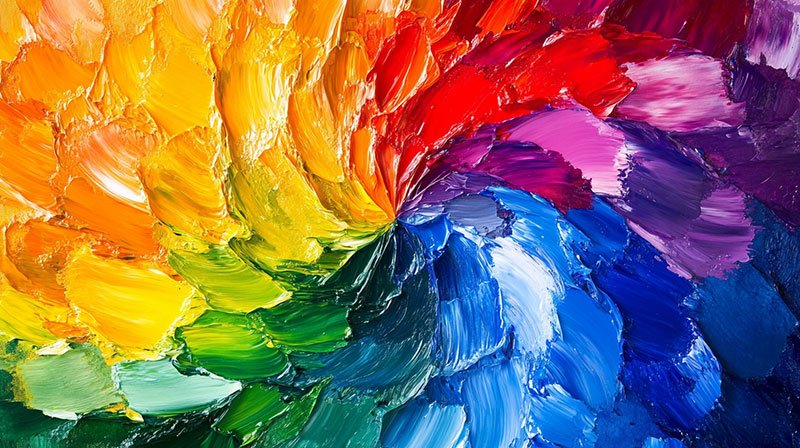Introduction
Art is more than shapes, textures, or lines—it’s about emotion. At the heart of every artwork lies color, a silent yet powerful language that speaks directly to the human mind. From the calming blues of Van Gogh’s Starry Night to the passionate reds of Matisse’s Dance, artists have always used colors to stir feelings and guide interpretation. This relationship between color and psychology forms one of the most fascinating aspects of art.
The Science Behind Color Psychology
Colors are not just visual experiences; they trigger psychological and even physical reactions. Research shows that different shades can increase heart rates, influence mood, and alter perception. For example, warm colors like red and orange often create energy and urgency, while cooler tones like blue and green evoke calmness and trust. Artists have long understood this connection, using it to direct how viewers feel when looking at their work.
How Artists Use Colors to Tell Stories
Color is often a storytelling tool. An artist may use dark, muted palettes to depict sorrow or tragedy, while bright, contrasting colors can express joy or freedom. Picasso’s Blue Period is a perfect example of how a single color family can embody melancholy and despair. Similarly, modern abstract artists frequently use bold contrasts to communicate chaos, energy, or rebellion.
Cultural Meanings of Colors
The meaning of colors is not universal; it shifts across cultures. In Western art, white is associated with purity and innocence, while in many Eastern traditions, it symbolizes mourning. Red may symbolize love in some regions, but danger or power in others. By weaving cultural symbolism into their palette, artists add layers of meaning that resonate differently with diverse audiences.
Modern Applications of Color in Art
In contemporary art, colors are often used to challenge tradition. Digital artists experiment with neon tones and hyper-saturated shades that were once impossible in paint. Street artists, meanwhile, use vibrant murals to create public spaces filled with life and emotion. Even in graphic design and advertising, color theory continues to influence how art connects with audiences.
Why Colors Matter in Art Appreciation
Understanding the psychology of color deepens the way we experience art. It allows viewers to move beyond surface-level admiration and step into the emotional world the artist intended. The next time you walk into a gallery, pay attention to the dominant colors. Are they calming? Disturbing? Energizing? That emotional reaction is no accident—it’s the artist speaking directly to your subconscious.
Conclusion
The psychology of colors proves that art is not only about what we see but also about what we feel. Artists wield shades like storytellers use words, crafting emotions that transcend language. Whether ancient frescoes or digital canvases, color continues to be the bridge between artistic intent and human experience.
